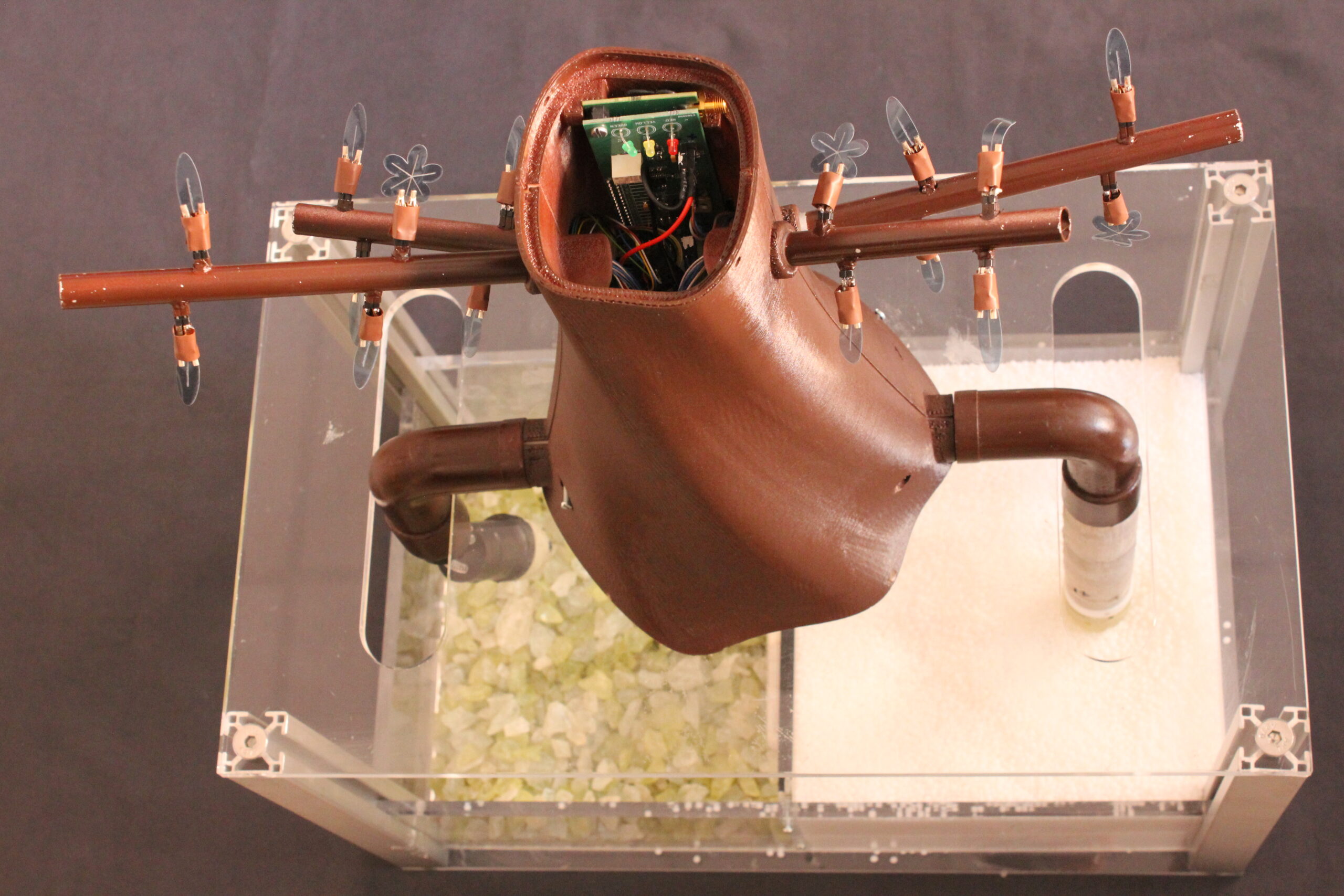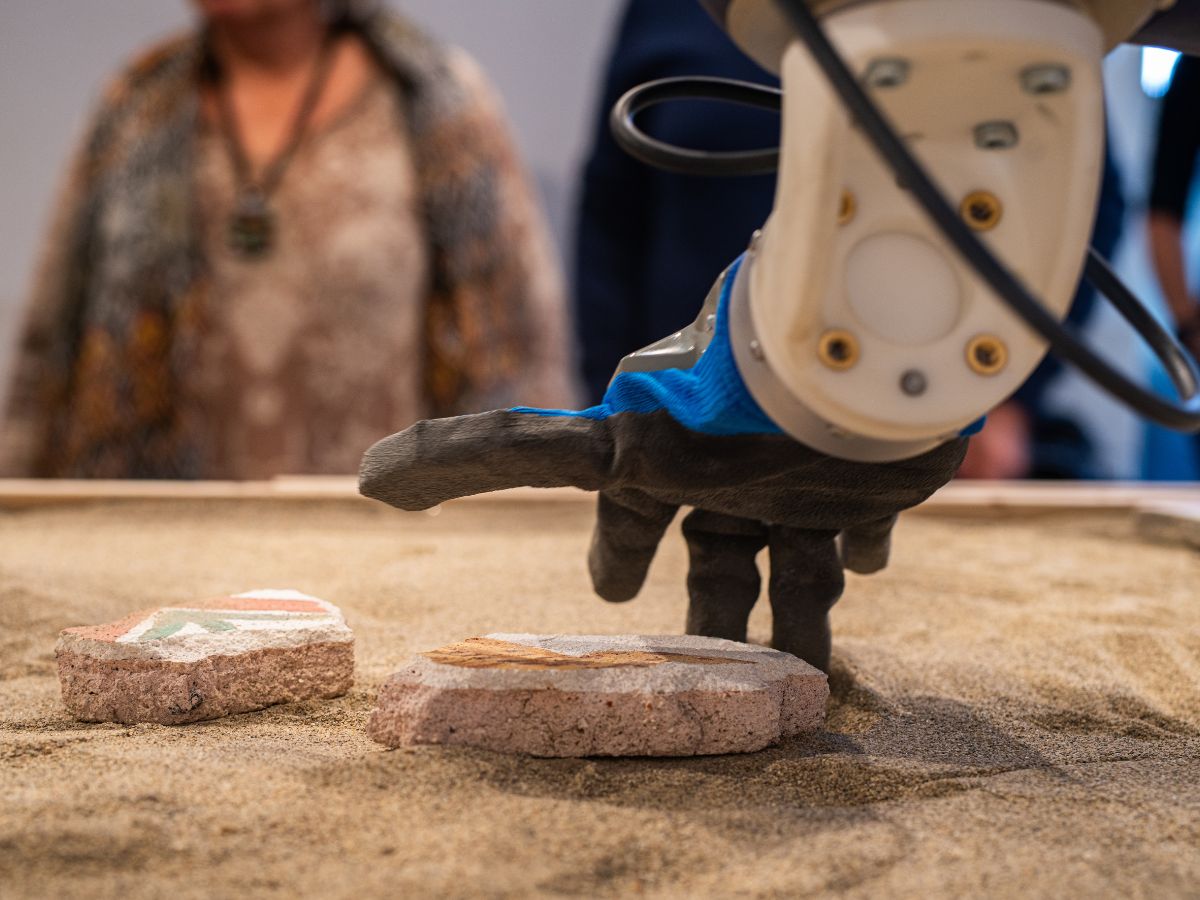Funded within the FET projects of the European Commission, the PLANTOID project, coordinated by the Istituto Italiano di Tecnologia (IIT), will design new generation robots inspired by plants
[widgetkit id=12]
The Project Innovative Robotic Artefacts Inspired by Plant Roots for Soil Monitoring (PLANTOID), which is funded within the European Commission’s prestigious Future and Emerging Technologies Open (FET-Open) scheme, aims to design and develop robots inspired by plants – called “Plantoids” – which, combining a new generation of hardware and software technologies, will be able to imitate the behaviour of plant roots.
The project involves, besides the CMBR of the Istituto Italiano di Tecnologia in Pisa, the University of Florence, the Institute of Bioengineering of Catalonia (IBEC) in Barcelona and the Ecole Polytechnique Fédérale de Lausanne (EPFL), and is carried out by a wide interdisciplinary scientific consortium comprising engineers, plant biologists and computer scientists.
“Robotics inspired by plants is a totally innovative field,” states Barbara Mazzolai, Scientific leader of the project and Coordinator of the CMBR of the IIT in Pisa. “The project PLANTOID aims, on the one hand, to carry out advanced studies on the behaviour of the root apices, and subsequently on their chemical-physical and mechanical characteristics – and, on the other hand, to provide models and first prototypes of robotic roots imitating them, with a specific focus on their penetrative, explorative and adaptive capacities.”
In particular, researchers at the CMBR-IIT are developing the hardware system of the robotic root, the physical sensors to be integrated into the root apices, and the actuators allowing the penetration and orientation of the roots. Furthermore, they are studying in more depth the phenomenon of tropism; that is, the response of the roots to external stimuli such as nourishment and gravity. The group of the University of Florence is carrying out studies on the chemical- physical communication among the roots of the plant itself, which is crucial for its coordinated growth; the group at IBEC is focusing on the chemical sensors that root apices need to recognize different substances in the soil; and the group at the EPFL is developing the software architecture necessary to control the robotic structure and its sensors.
The ultimate aim of the project is to develop a network of sensorized robotic roots able to reproduce the capabilities of exploration, environmental adaptation and coordination typical of the plant kingdom, and to provide a model of artificial plant comparable to those found in the natural world, also in terms of energy efficiency and sustainability.





